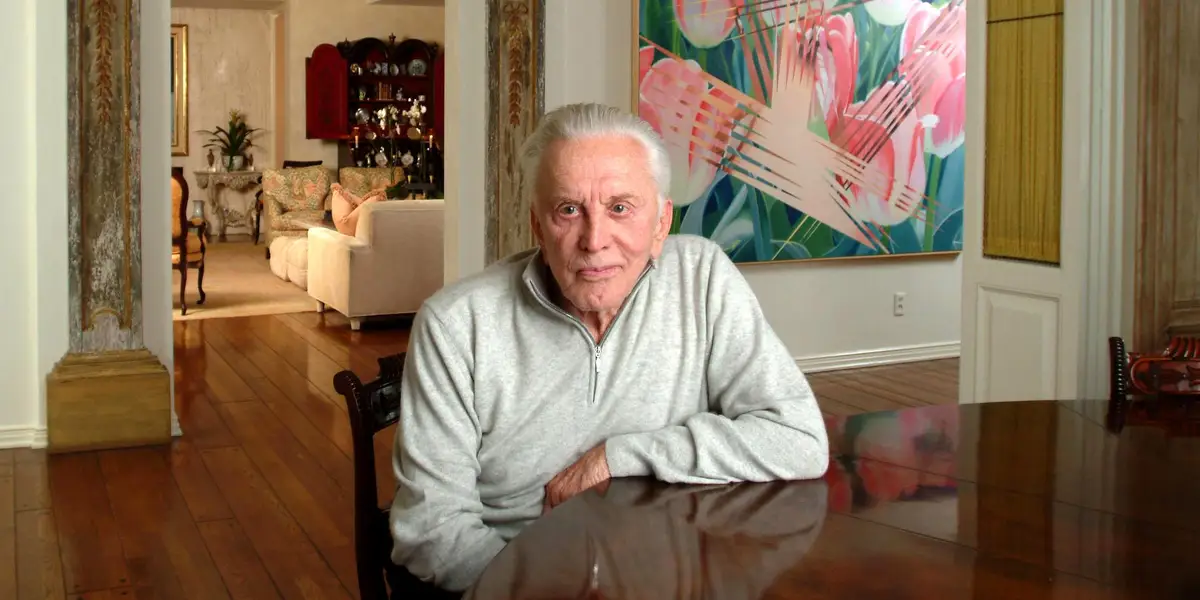
Every week or three, we share a note with our staff highlighting standout stories and what made them special. Since this column is about giving readers insight into our news operation, I’m sharing the most recent note. If you missed these stories, they’re worth your time.
A run for the ages
Joe Noga’s explainer for Guardians fans—and even non-fans—captured how the team clawed back from more than 15 games out at midsummer to the thick of a division race. He showed why the run could be historic and how the team came together. Sports coverage is often geared to the diehards, but Joe wrote a piece for everyone.
Seniors under pressure
We’ve been hearing from more Northeast Ohio seniors who can’t make ends meet. Kaitlin Durbin dug into the calls to the Cuyahoga County seniors hotline, pairing data with stories. She detailed how inflation uniquely hammers older residents and how the county struggles to help them.
The property tax fight
Cleveland Councilman Charles Slife suggested many residents don’t know what property taxes fund. Anna Staver and Rich Exner broke it down for eight counties, showing exactly where the dollars go. Their chart let readers compare towns and underscored what could be lost if next year’s push to abolish property taxes succeeds.
Anna has emerged as Ohio’s authority on property taxes. Her reporting on $12 billion in tax breaks showed how exemptions shift the load onto the rest of us—some defensible, many not. Her takeaway was clear: Ohio needs to wipe the slate clean and design a fairer system.
She also cleared up confusion about Medicaid under the new state budget. Competing claims left many baffled, but Anna’s explainer—headlined perfectly, “Who’s right about the future of Medicaid in Ohio?”—set the record straight.
Schools graded
Each year, Ohio’s school report cards spark debate. Laura Hancock handled them masterfully, explaining why Cleveland’s half-grade drop wasn’t a failure and showing how East Cleveland defied expectations with a three-star rating.
Flags at half-staff
Readers noticed flags seemed down more often than up. Jeremy Pelzer tried to find out if we’re at a record. With no official tally available, he pored through every governor’s press release and discovered Mike DeWine’s orders matched John Kasich’s pace. Readers finally had an answer.
Dangerous parallels
When Republicans labeled transgender people mentally ill and unfit to own guns, Sabrina Eaton explored the chilling historical parallels. Her story forced readers to confront the dangerous path such rhetoric sets.
She also examined how NASA Glenn could position Cleveland as a hub for nuclear energy research, potentially drawing companies and federal investment. And she wrote the authoritative obituary of Mary Rose Oakar, the larger-than-life former congresswoman, giving up a Sunday to capture her legacy.
Justice denied
The case of the OnlyFans performer who lured and killed a man she said raped her years ago is tragic. Adam Ferrise used it to explore how often rape cases go uncharged. His reporting showed the numbers are staggering, and his follow-up revealed one reason: too few sexual assault nurse examiners to gather the evidence prosecutors need. Many women share the despair that justice will never come.
AI and Medicare
Julie Washington provided vital clarity on Medicare’s new plan to use artificial intelligence to decide coverage of medical procedures. Her story explained how the system works, what it affects, how Ohio became a pilot, and most importantly, how patients can appeal denials. Seniors in our audience had answers to the questions that had been troubling them.
Lorain’s hard truths
Hannah Drown continues to raise the bar in Lorain County. Her story about Lorain’s move to criminalize homelessness by outlawing public sleeping exposed a stark debate: compassion versus cruelty. Her reporting is now informing similar discussions in other communities.
Preserving history
Molly Walsh gave readers a respite from grim headlines with her look at Geauga County’s historic courthouse expansion. Instead of replacing the old building, the county is preserving its character while adding space. Molly blended history, aesthetics, and news into a satisfying read.
King crab
Who knew crab legs mattered so much? Paris Wolfe did. Her explainer on price spikes, demand, and supply—traced back to the pandemic—drew hordes of readers. A sharp eye for what gets people talking.
Where to watch
Robert Fenbers has become indispensable to readers trying to find where games are televised. His constant experimentation shows what people crave, and his guides will be essential if the Guardians land in the playoffs.
DeWine’s Bengals hat
At the Browns’ home opener, photographer Josh Gunter spotted Gov. Mike DeWine wearing a Bengals hat during pregame. He flagged it to reporters, Tim Bielik wrote it up quickly, and the post drew more than 28,000 page views. Sometimes the little moments have big impact.
After the fire
Olivia Mitchell’s work on the Rainbow Terrace fire brought readers into the harrowing night when a resident died saving others. Her follow-up, three months later, showed how survivors still struggle. Olivia balances empathy and fact with rare skill.
A Mass of remembrance
Each Sept. 11, Cleveland’s cathedral hosts a Blue Mass to honor fallen first responders. Lucas Daprile’s coverage captured why it matters to those who attend, weaving voices into a story full of meaning.
Why these stories matter
This collection illustrates why journalism matters. From explaining sports miracles to exposing policy dangers, from uncovering economic opportunities to preserving history, each piece strengthens the bond between our newsroom and our readers.
I’m at cquinn@cleveland.com.
Thanks for reading



